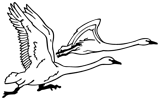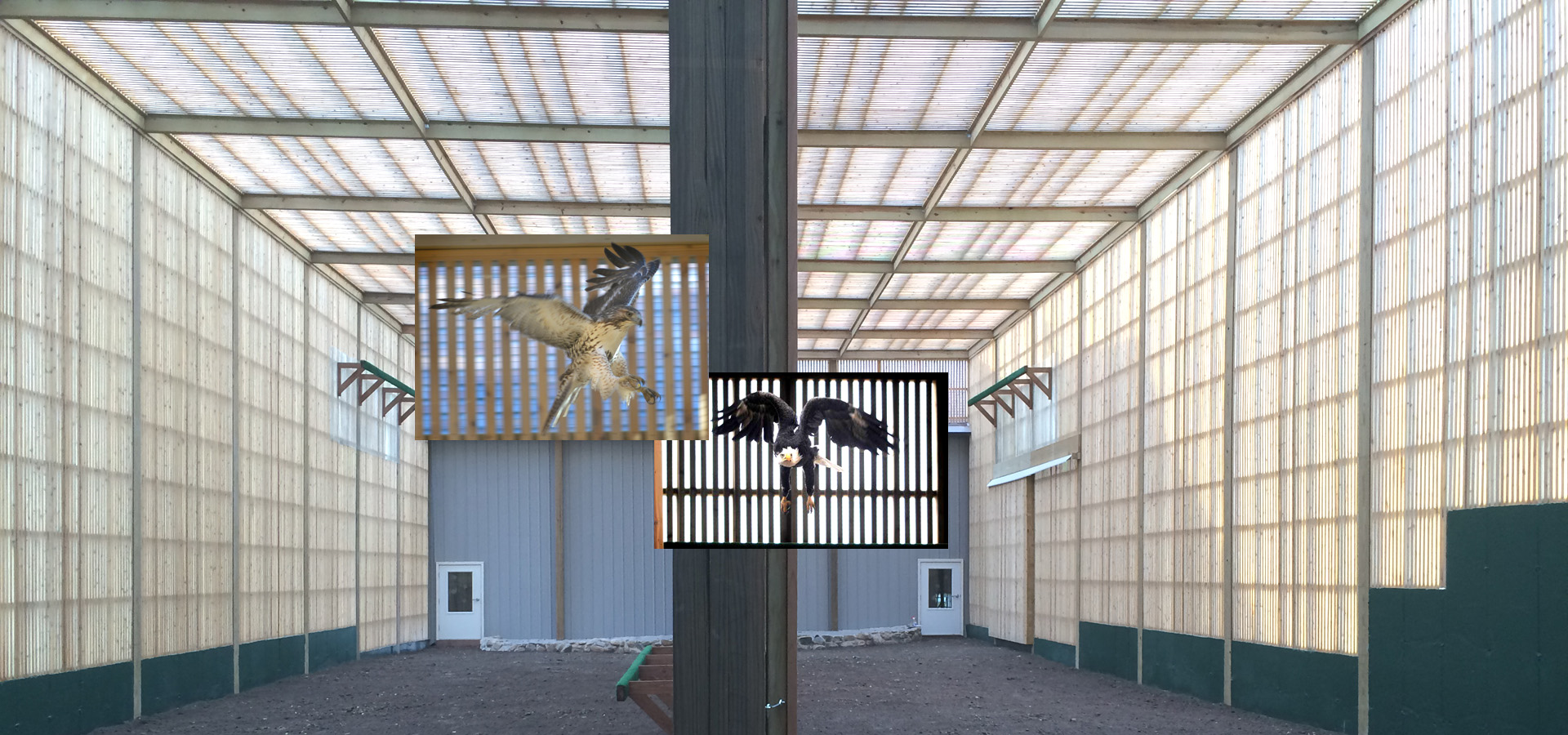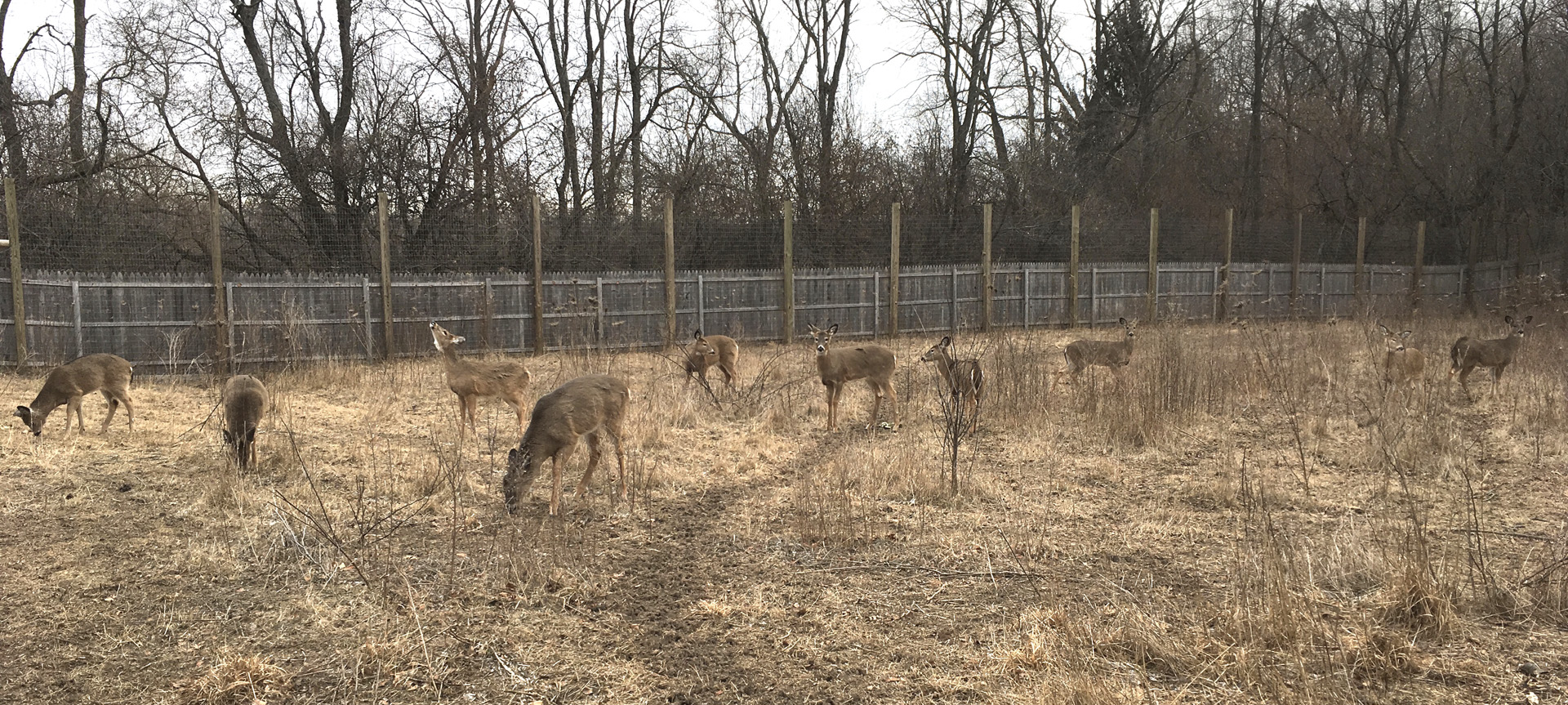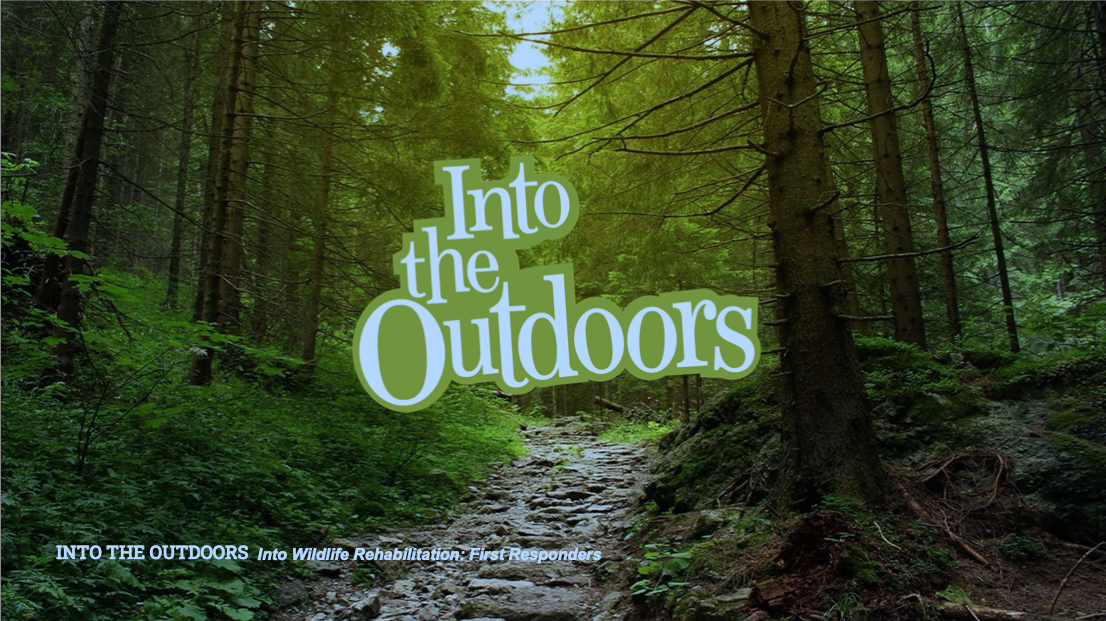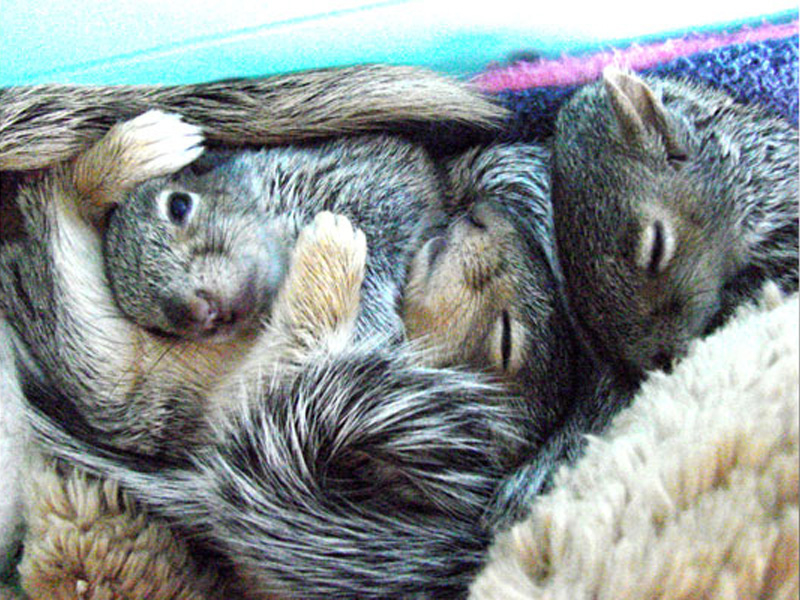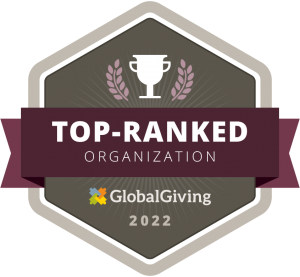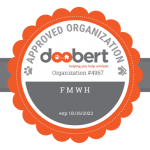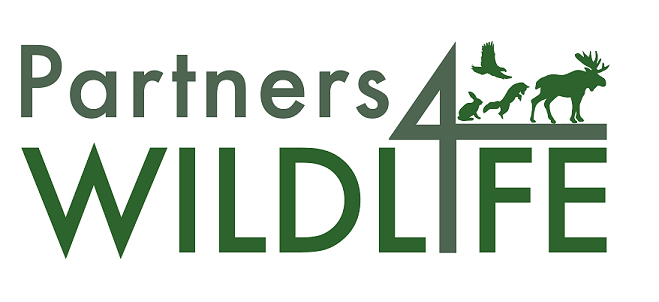Wildlife Rehabilitation is a long and complicated process. It begins with a rescue, then becomes critical care and treatment, progresses to conditioning and, if all goes well, to eventual release. Most animals brought to rehabilitators are not with us longer than a few months, but some special cases literally take years, and only a very few allow for follow-up studies like this one, thanks to our dedicated and passionate volunteer, ME, who lives “somewhere in Wisconsin.”
Kesha, from Waukesha County, Wisconsin, arrived in June of 2009 when she was just a week old and weighed under one pound, after her lodge was destroyed by humans and she and her siblings were orphaned. Her siblings died.
At 2 years of age, the time beaver leave their home lodge to find a place of their own, Kesha was introduced to a wild beaver, Penn, who was admitted with burns to his feet as a yearling and had been in separate care at the hospital. The two formed a loving bond over their first winter.
Released in Summer of 2012, Kesha and Penn stayed together and built a lodge. The cold and ice covered their pond and their loyal caregiver waited and watched and worried—as did we—until the two appeared for the first time since the pond froze.
For more information on Beaver and their Natural History, please visit: http://www.beaversww.org/. (Beavers, Wetlands & Wildlife)
Happy Endings like this are only possible because of people like you who recognize a wild creature in need and call a wildlife rehabilitator for help immediately. If this orphaned beaver had not received proper care within hours of being found, she most likely would have died, as proper care, handling, diet and understanding of a wild creature’s natural history is critical to a successful rehabilitation.
Your local Wildlife Rehabilitation Professional is a precious resource. We do not receive state or federal funding, and very much appreciate your support.
